Decoding Condo Construction: Pros and Cons of Diverse Building Techniques
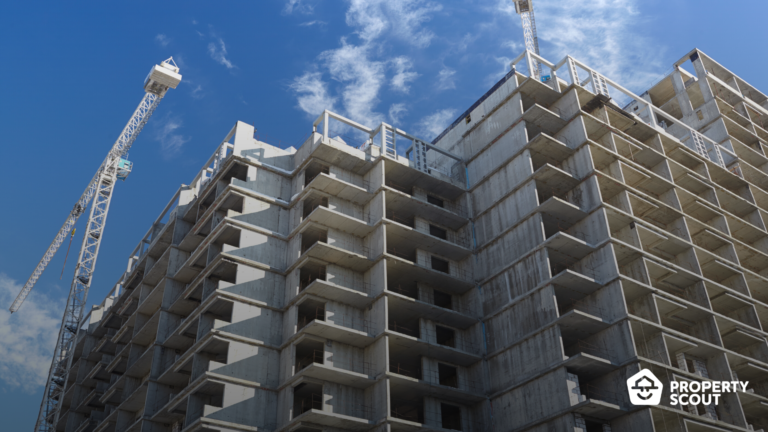
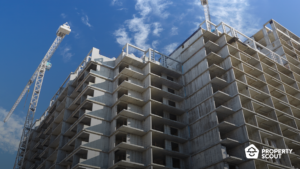
Gone are the days of lengthy construction timelines and rigid building methods. Today, the world of condominium construction is undergoing a remarkable transformation, driven by cutting-edge technologies and revolutionary building systems. Whether it's soaring high-rises or charming low-rise structures nestled in bustling city centers or tranquil neighborhoods, the possibilities are endless. But amidst this evolution, one question lingers: What does the advent of precast walls mean for the very essence of condo living? Can they be pierced or demolished to shape our dream living spaces? Join us, as PropertyScout embarks on a quest for answers, unraveling the secrets of this new era in condo construction.
The Different Condo Construction Methods
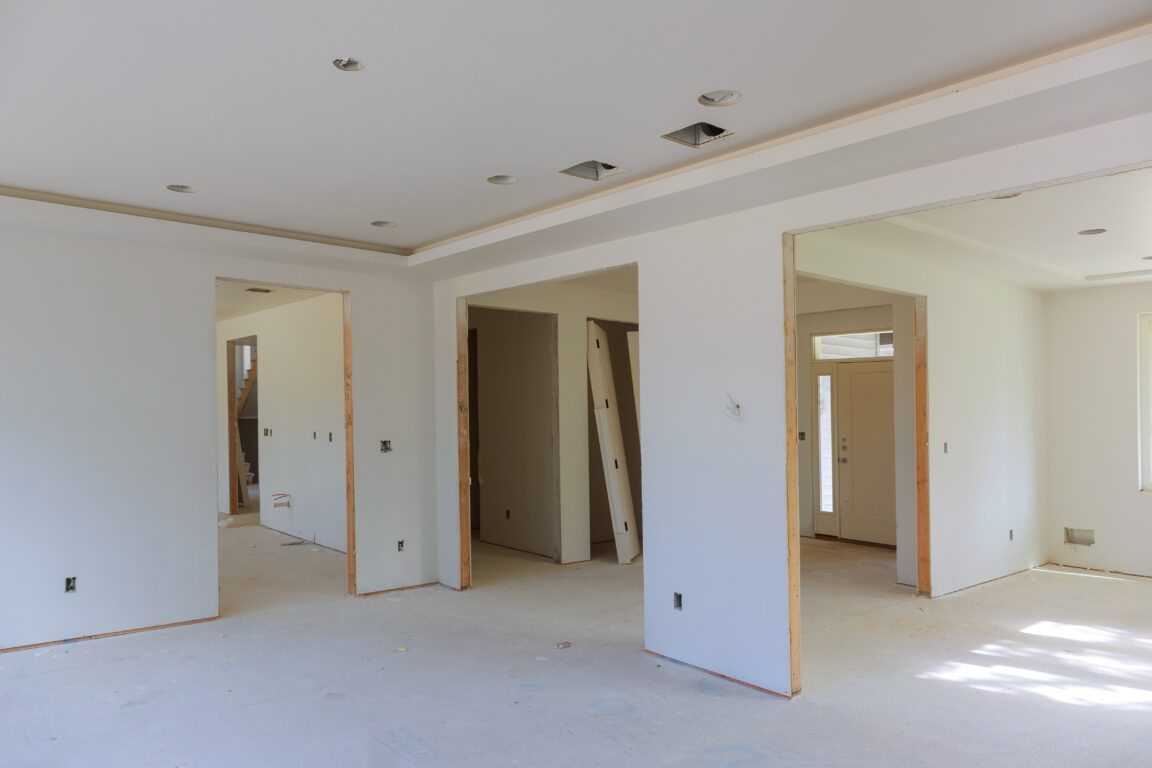
From the initial introduction of precast wall construction systems in Thailand, their primary application was in low-rise projects like single houses and townhomes. However, as the industry evolved, these innovative construction methods found their way into high-rise residential developments, including condominiums. Condo construction now incorporates a diverse range of wall materials to partition units, catering to various needs and preferences. Let's explore the different types of walls commonly used in condo construction in Thailand.
Brick Masonry Walls
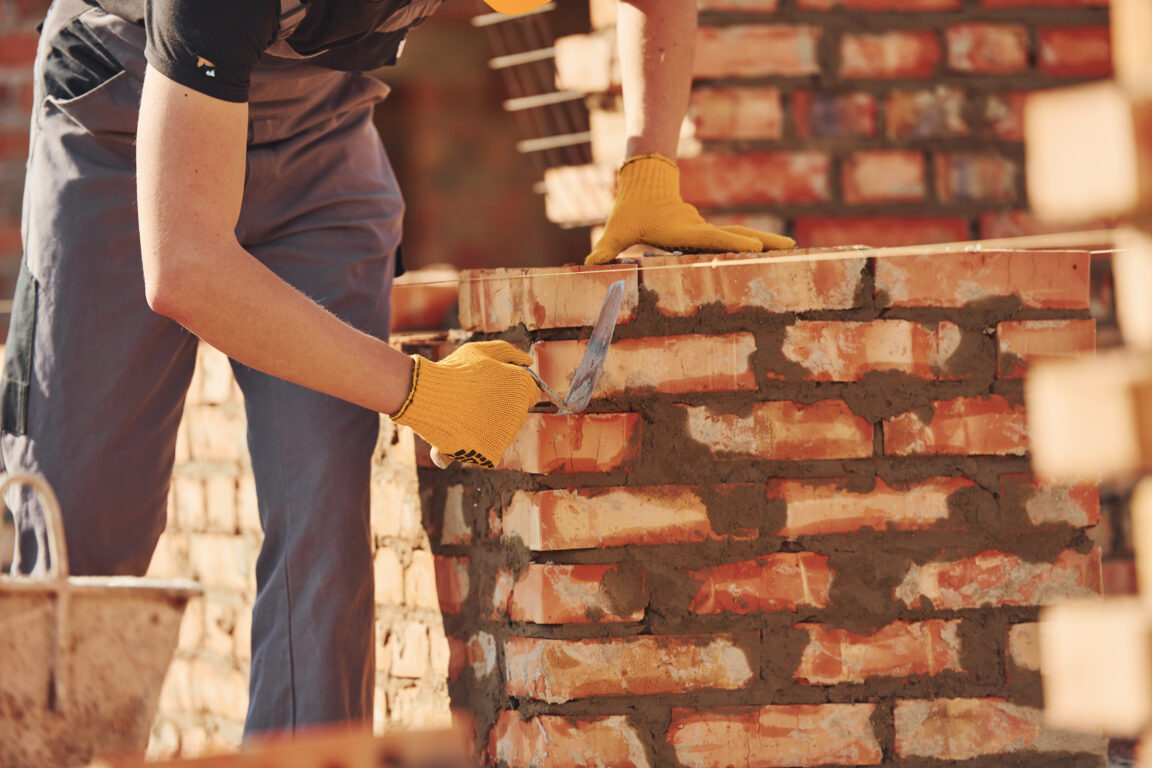
Brick masonry walls continue to be a favored choice for condo construction. This traditional building method is particularly popular in smaller-scale projects like low-rise condos found in urban neighborhoods. The cost-effectiveness of brick masonry makes it a practical option, especially for smaller developments where construction costs per square meter tend to be higher.
- Pros
Strong, durable, and drillable, condo walls allow for easy installation of fixtures and decorations. Enjoy the flexibility to personalize your space by removing or modifying these walls according to your preferences.
- Cons
Precast brick masonry condo walls are heavy, limiting their construction to beam lines only. Additionally, they require more time for construction compared to other wall types.
- Materials Used
In general, brick masonry walls use bricks as their main construction material, with four main types: cement blocks, lightweight bricks, clay bricks, and white bricks. Nowadays, the majority of condominiums use "white bricks" for their walls, which have become more popular than lightweight bricks. White bricks have the advantage of low water absorption, resulting in fewer cracks after plastering. They also have low thermal conductivity and provide effective heat insulation, preventing heat accumulation, especially in west or south-facing rooms. Using white bricks in a project ensures the rooms won't become excessively hot.
Lightweight Walls
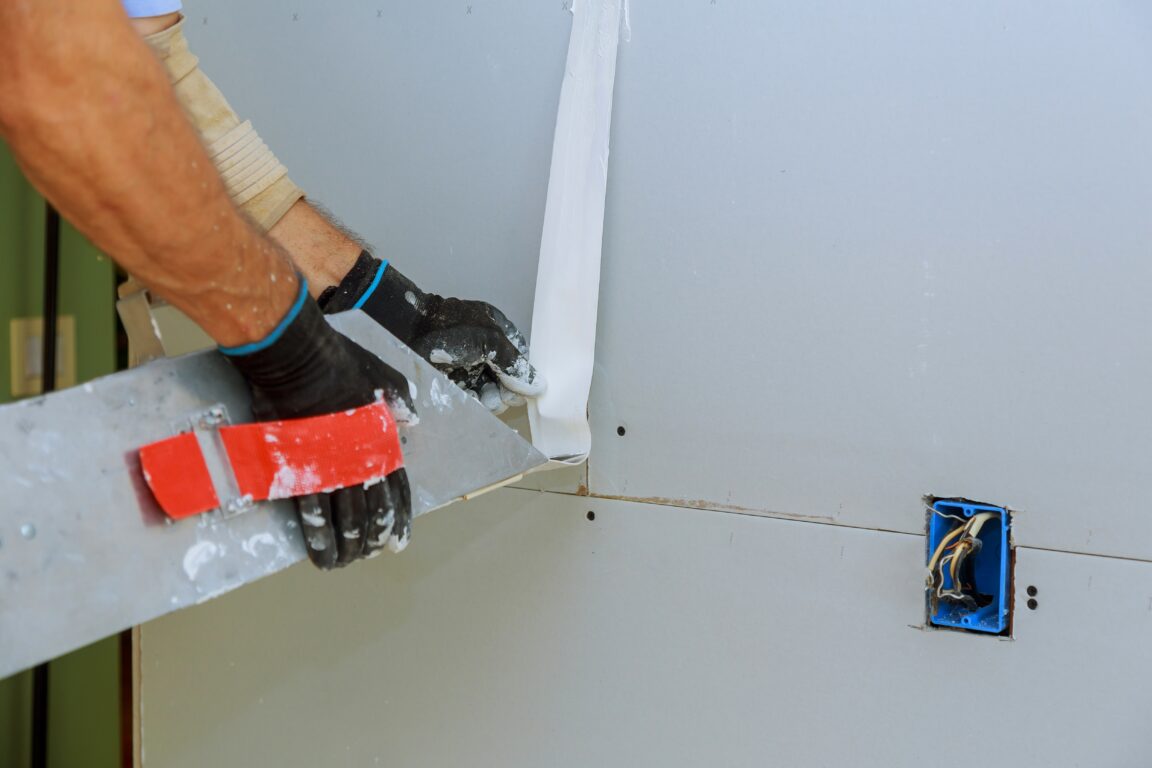
While lightweight walls may not be a prominent feature in most condo projects, they play a crucial role in creating internal room divisions within the units. Imagine effortlessly separating your bedroom from the living area or fashioning a stylish walk-in closet within your bedroom space. These lightweight walls are commonly found in "Economy Class" projects that offer budget-friendly options. Whether nestled in bustling urban areas, tranquil suburbs, or vibrant provinces, these projects present an affordable entry point to condo living, with starting prices below 1 million baht.
Read More:
- Pros
Remarkably lightweight compared to other wall types, lightweight condo walls offer the freedom to construct without concerns about excessive weight. They provide endless design possibilities, allowing for various room partitions to be effortlessly created. Whether it's a sleek bedroom separation or a customized layout, these walls are highly versatile and perfectly suited for condo renovations.
- Cons
Lightweight condo walls have reduced durability, making them less suitable for drilling or hanging heavy objects like shelves or TVs. Moreover, their thin nature affects sound insulation, resulting in poor sound absorption.
- Materials Used
The construction materials used for lightweight walls include timber frames, aluminum frames, or steel frames, which are then covered with gypsum boards, fiber cement sheets, or compressed cement boards. These walls may appear similar to other types of walls at a glance, but when tapped, they produce a hollow sound.
Precast Walls
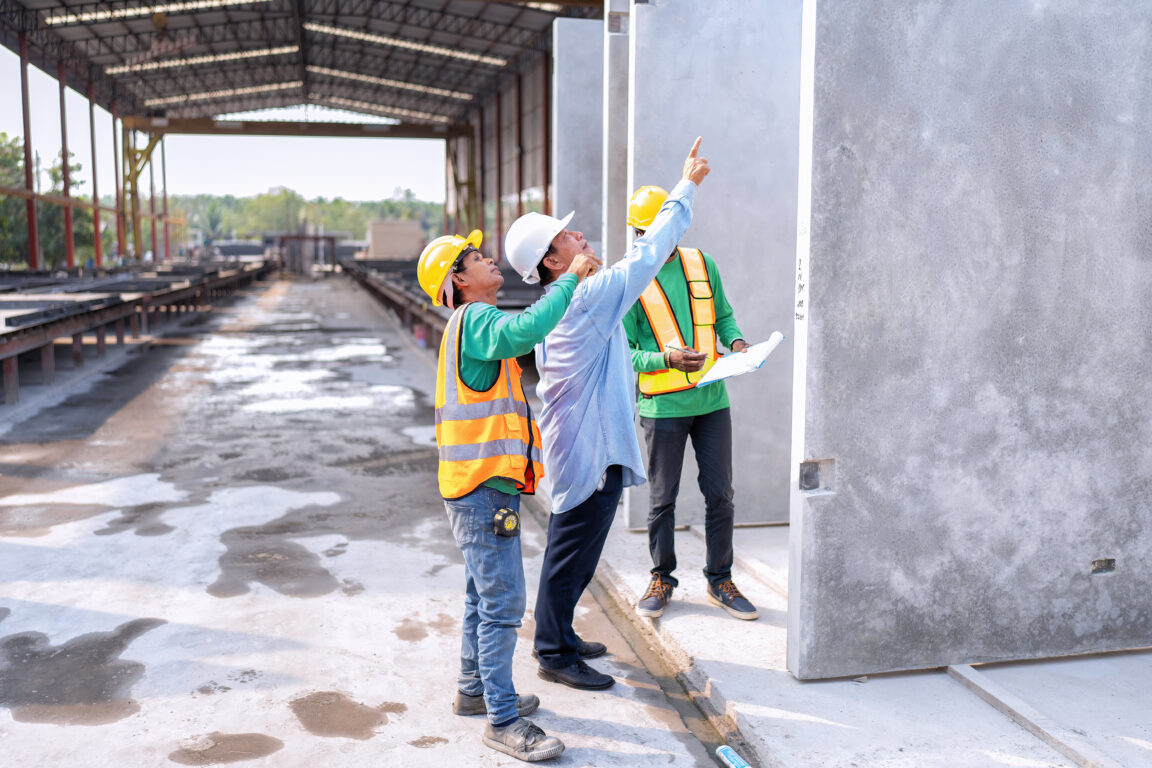
Precast walls, also known as "precast concrete walls," are a modern construction system for condominiums, aiming to minimize major construction issues and defects. This system allows for better quality control and significantly reduces construction time. Precast refers to the process of manufacturing wall panels in a factory, eliminating the need for on-site bricklaying. These panels are made from reinforced concrete, similar to traditional construction methods, ensuring strength and durability.
- Pros
Precast walls are made by pouring concrete into pre-designed molds with embedded steel reinforcement. This results in strong and durable concrete walls. The construction process relies heavily on machinery and engineering calculations, ensuring precision and standardized quality. Additionally, precast walls offer aesthetic appeal due to the use of precise machinery in the factory, resulting in smooth and beautiful panels, each meeting the same high standards.
- Cons
One drawback of precast walls is the issue of visible joints, which is more commonly seen in houses but can also occur in condominiums. This typically occurs in areas where windows need to be installed or at the connection points between the main structure and precast walls. However, there are various solutions available today. Some use sealants, while others opt for silicone or urethane.
Another limitation is that precast walls cannot be demolished easily. In some condominium projects, precast walls serve as load-bearing elements of the structure. Additionally, due to the reinforced concrete nature of precast walls, even small tasks like drilling for installation purposes can be more challenging compared to other wall types.
Furthermore, the high-density nature of concrete poses challenges for air circulation. If concerns arise about internal room temperature, it is recommended to install additional ventilation systems such as fans to improve airflow.
- Installation
Many people may envision precast walls as individual panels simply put together without much strength. However, in reality, the installation of precast walls requires the main structure of the building to be completed first, including columns, beams, and the floor. Then, the precast walls are installed by connecting them to the building's structure using steel connections, typically 4 to 6 points based on engineering calculations.
To simplify, in traditional construction methods, workers would come to the construction site to tie rebars together and then pour concrete to form the walls. However, with precast walls, this process is minimized as the steel reinforcement and concrete pouring are done in a factory setting, utilizing machinery capable of producing a large number of panels. These completed precast walls are then transported and installed at the construction site by connecting them together at specific points.
And that's a wrap!
In conclusion, if you're someone who appreciates standardized quality, exploring condominiums that employ precast walls for room construction is worth considering. These walls offer a consistent standard throughout the building, crafted with industrial precision using advanced machinery. The result? A remarkable reduction in errors and a hassle-free experience.
However, for those of you who love to unleash your creativity and enjoy personalized room designs, projects utilizing precast walls may not be your cup of tea. Keep in mind, though, that these walls are built to last, fortified with reinforced concrete that exudes undeniable strength. So, whether you're seeking unrivaled uniformity or yearn to unleash your inner design maven, there's a perfect condominium waiting to cater to your preferences. Choose wisely, and revel in the delightful journey of finding your dream living space.
Looking for a safe, durable home for the best possible prices? Get in touch with us and let PropertyScout help you find your dream home today!



